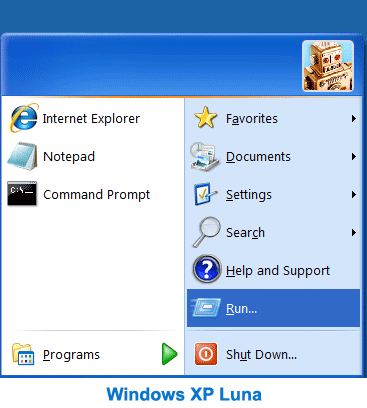
Nevertheless, you can access the Advanced Settings so that you can preview more options and make modifications suitable for your computer usage. As indicated in the bottom area of the UI, the modified settings are going to be displayed in Bold. From here, you can specify the behavior of left click, Shift + Click, Windows key, all programs style, so on and so forth. The interface is slightly changed, as the tabs for customizing various options are available as a single menu dubbed Basic Settings. Allows you to change the style and basic settings of the menu Then again, if you are using Windows 2000 or XP, perhaps it is better to use the original app for this purpose.

As you can notice, the fork enables you to create a flexible start menu for the latest versions of Windows. Next, hit the ‘ Backup’ button at the bottom, then pick ‘ Reset all settings.’ Click ‘ Yes’ to confirm the change.Open-Shell is a fork of the notorious Classic Shell by Ivo Beltchev and, similarly to its predecessor, it enables you to change and customize the start menu for Windows 7, 8, 8.1 and 10. Simply click the start button, hit ‘ Start Menu (Windows)’, pull up Open-Shell’s menu settings again, and uncheck ‘ Replace Start button’ under the Start Menu Style tab.

In case users run into one that affects any functions or find that the settings they’ve tweaked are not being executed properly, they can return to the default Windows 11 menu launcher. Once this change is in effect, users should start seeing the old-school Windows start button that’ll launch the classic menu.ĭo note that this program is in constant development and may experience occasional bugs. Launch Windows 11's Settings app, pick ‘ Personalization’ from the side panel, then select ‘ Taskbar.’ Next, expand the ‘ Taskbar behaviors’ section and pick ‘ Left’ from the ‘ Taskbar alignment’ dropdown menu.

To ensure that the classic start menu shows up properly, make sure to tweak the Windows 11 taskbar’s alignment to match the old style.


 0 kommentar(er)
0 kommentar(er)
